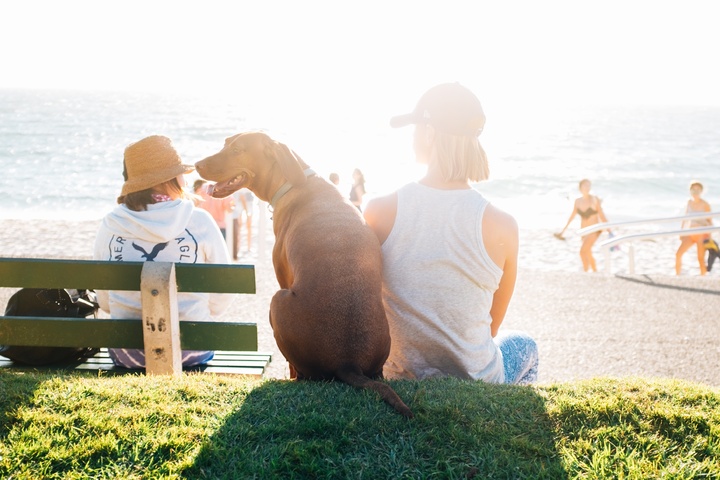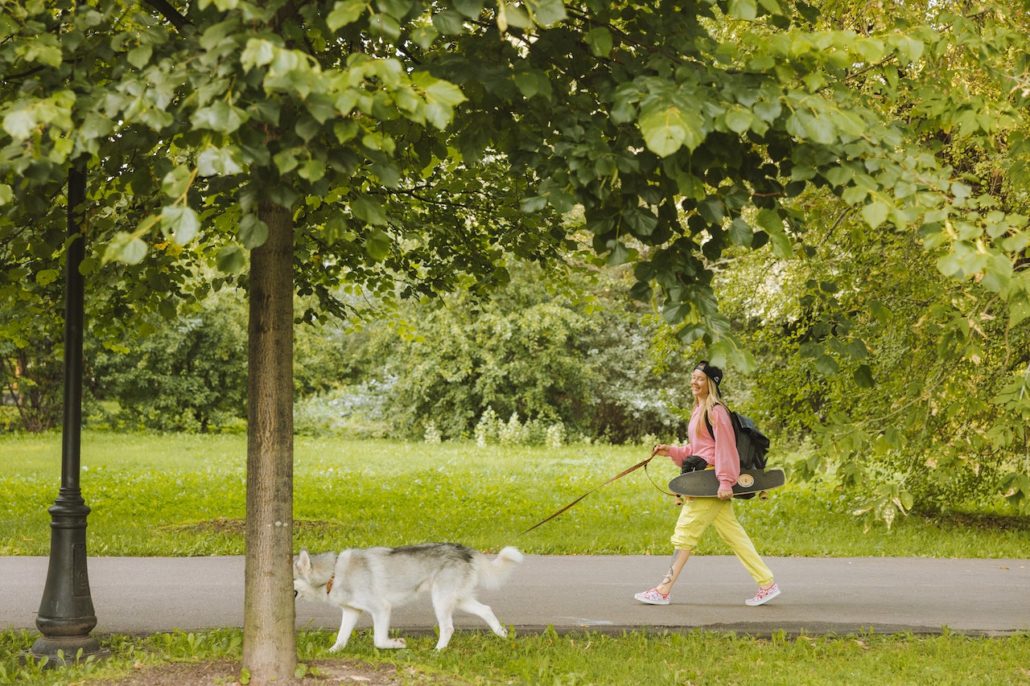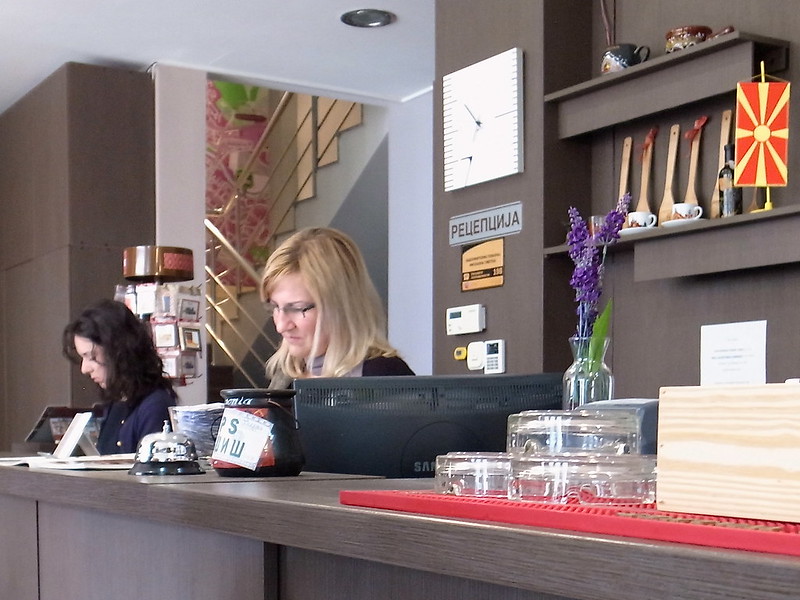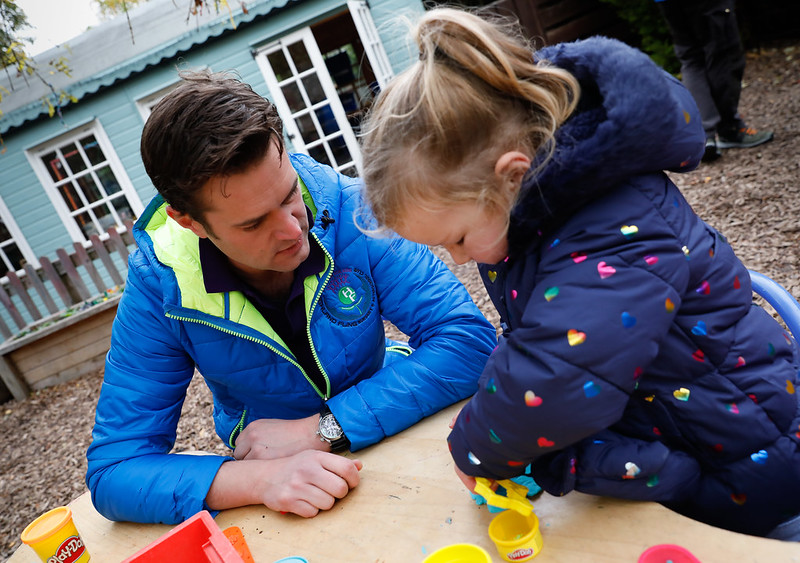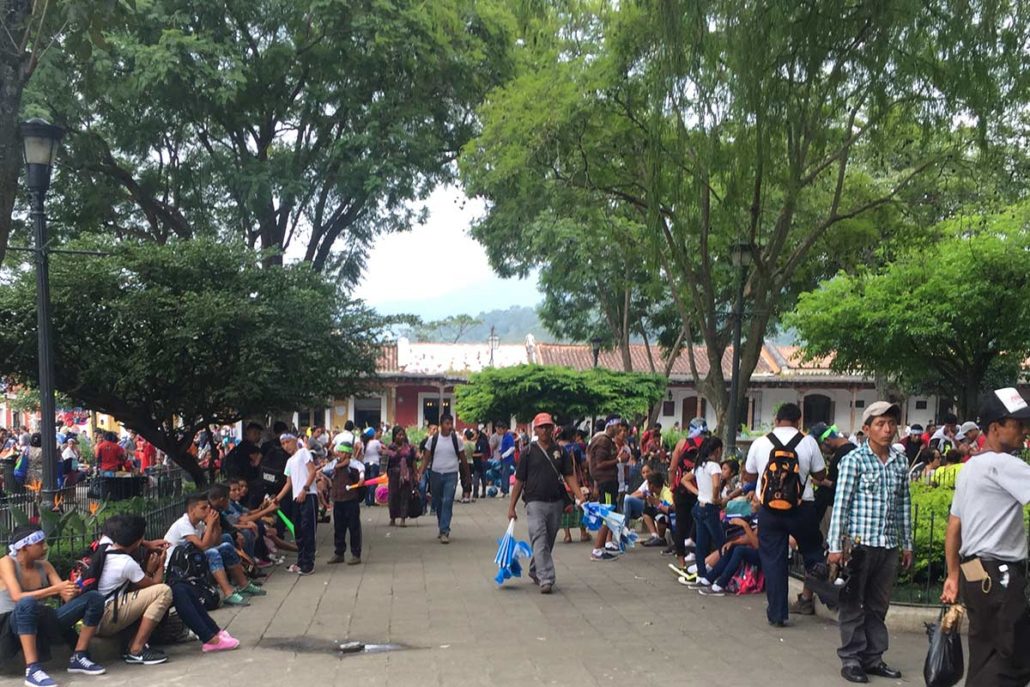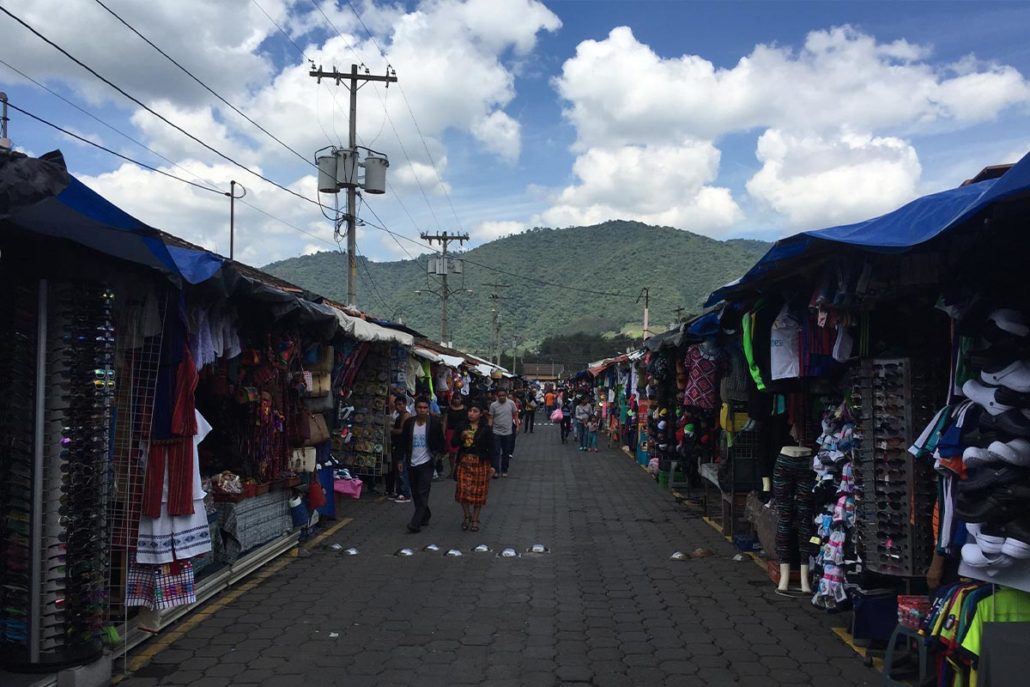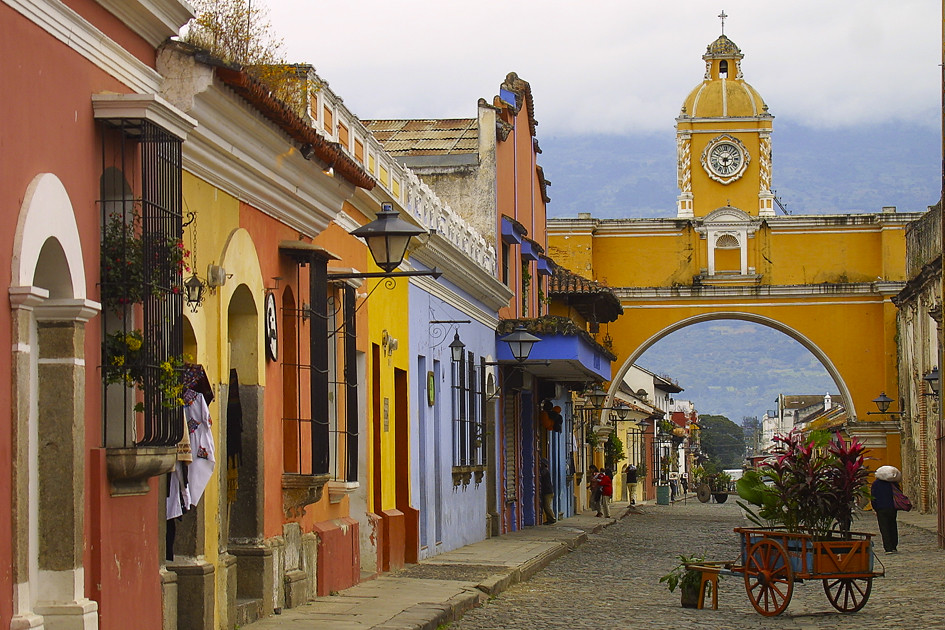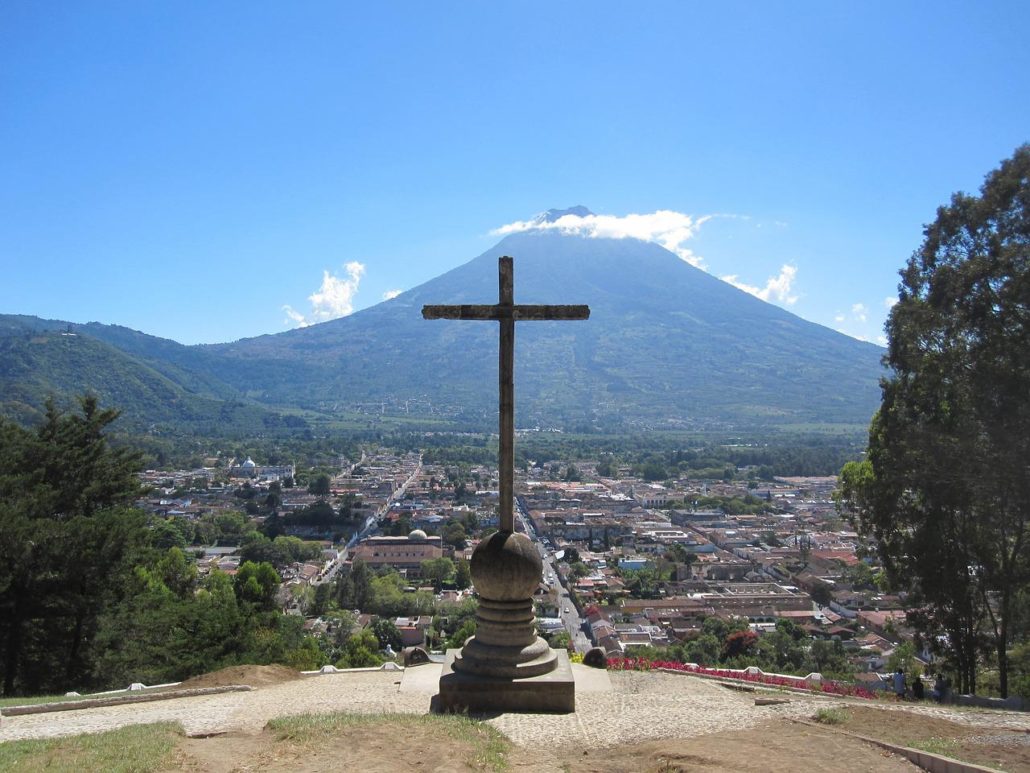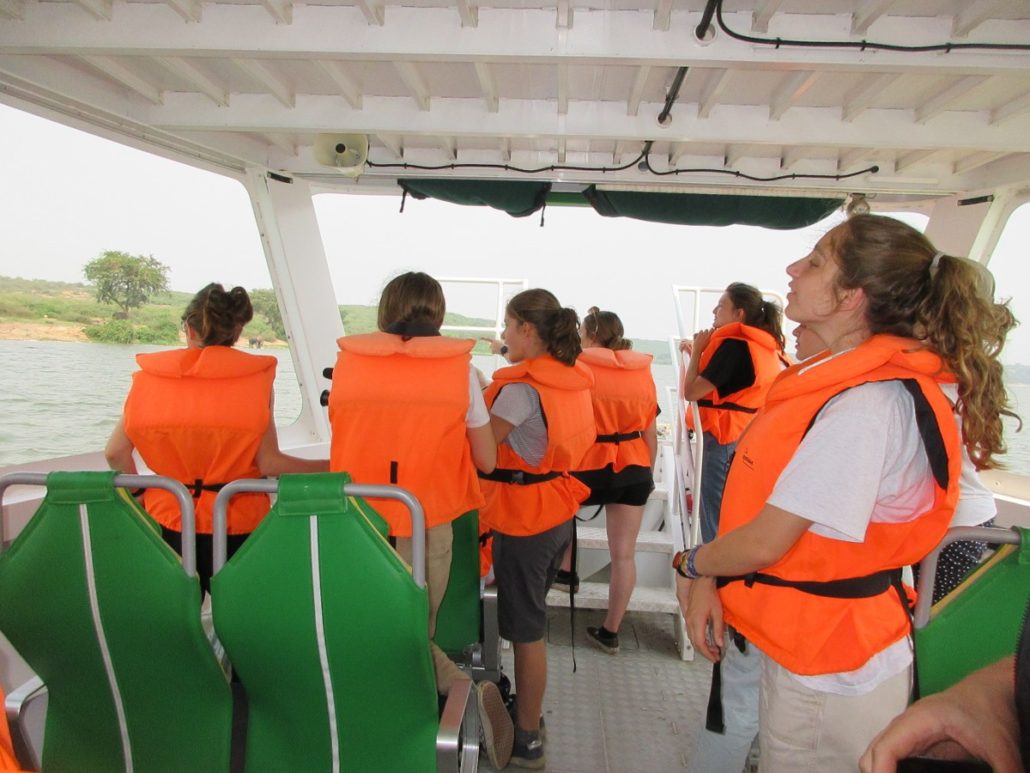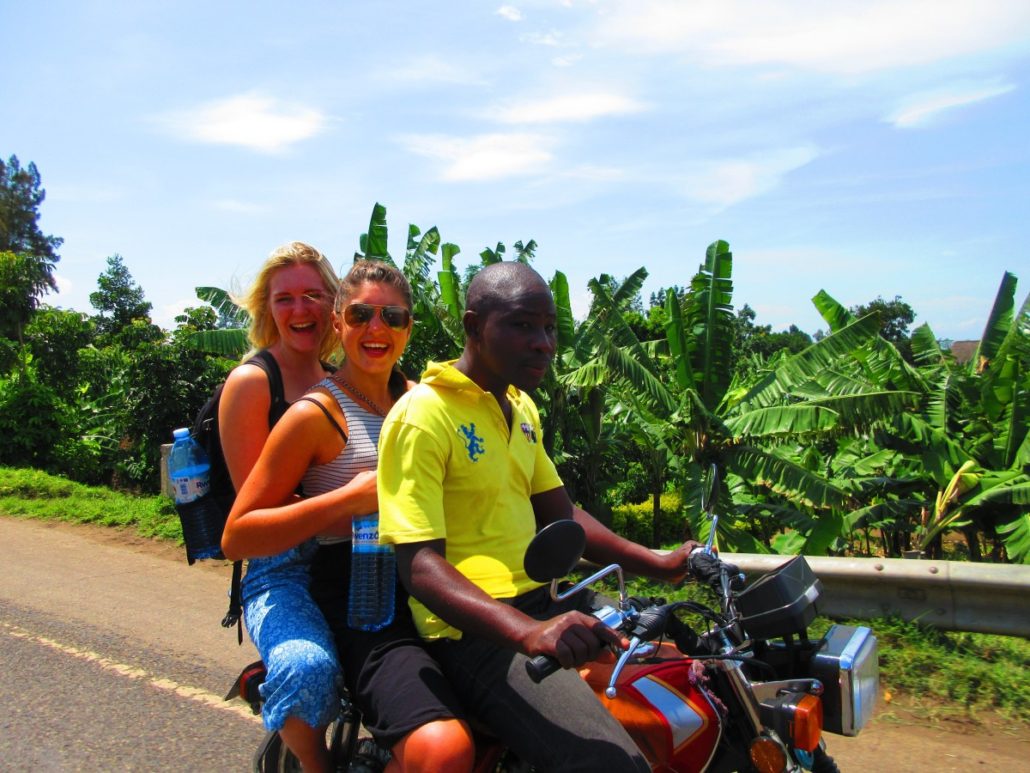We can all agree that some of the best things in life are free. However, visiting London is far from cheap and is one of the most expensive cities in the world.
Apart from booking your accommodation and organising your train to London Kings Cross station, there’s so much to do in London without forking out a single penny – it’s just knowing where to go and what to do.
Whether you’re completely skint or just fancy stretching out your budget a little longer, here’s our list of the best things to do on your trip to London that are completely free.
The Tate Modern

Atrium in the Tate Modern
One of the most beloved attractions in London, the Tate Modern is home to a wide collection of permanent artwork including that of Picasso, Warhol and Matisse. The gallery lies in what was previously the Bankside Power Station on the south bank of the Thames.
Whilst some of the larger temporary exhibitions may require a fee, the permanent collection here is free to visit. If you’re a fan of galleries and museums, you should definitely organise a visit here during your stay.
Houses of Parliament

The iconic Houses of Parliament and Big Ben are one of the best things to do in London for free
Built during the 19th century, the Houses of Parliament are a quintessentially British landmark, home to arguably the world’s most famous clock, Big Ben. If you’re a UK resident you can book a free ‘Inside UK Parliament’ guided tour up to six months in advance. All you need to do is contact a member of the House of Lords or your Member of Parliament (MP).
For everyone else, there are still guided tours of the Palace of Westminster but these require a paid ticket. You can also take an online guided tour, which is also free should you still want to take a look inside the neo-Gothic wonder.
Kensington Gardens

The sprawling Hyde Park and Kensington Gardens
Perfect for an afternoon stroll or picnic, Kensington Gardens is a stunning collection of trimmed lawns and beautiful fountains among the Royal Parks of London. There is a trove of attractions here just waiting to be explored, including the Serpentine Gallery and the Albert Memorial.
For the children, there is the Princess Diana Memorial Playground, which is home to a wooden pirate ship, a sensory trail and numerous play sculptures. Better still, all of the sights here are free, as are all of the other Royal Parks, including Hyde Park, St James’s Park and Regent’s Park. You can easily spend hours out in the open without breaking the bank.
Changing of the Guard

Changing of the Guard at the Victoria Memorial
The most iconic ceremony that takes place in London is, of course, the changing of the guard. Typically, the event takes place outside Buckingham Palace at 11 am every Monday, Wednesday, Friday and Sunday, but it’s always best to check the schedule before you arrive.
Dressed in their traditional red tunics and bearskin hats, the King’s Guard will march around in unison to music in a display of remarkable pageantry. During this, they will switch responsibilities with each other and return to their duties. Whilst it’s one of the best things to do in London for free, it is also very popular, so make sure to get there early if you want the best spot.
The Natural History Museum

The Natural History Museum in London
One of the largest collections of nature in the whole world, boasting over 80 million items, the National History museum takes you back through time as far back as the Prehistoric Period.
Learn how the dinosaurs roamed the Earth from an animatronic T-rex or go see the humongous blue whale suspended from the ceiling. There is so much to do and see here that you can easily spend the whole day walking around the exhibits.
Whilst donations are welcome, the museum is free to enter, except for the special exhibits. It is always best to visit on weekdays after 2 pm or at opening time on a weekend if you don’t want to be stuck in long queues. You will also need to book your tickets prior to arrival and select your designated time.
Sky Garden
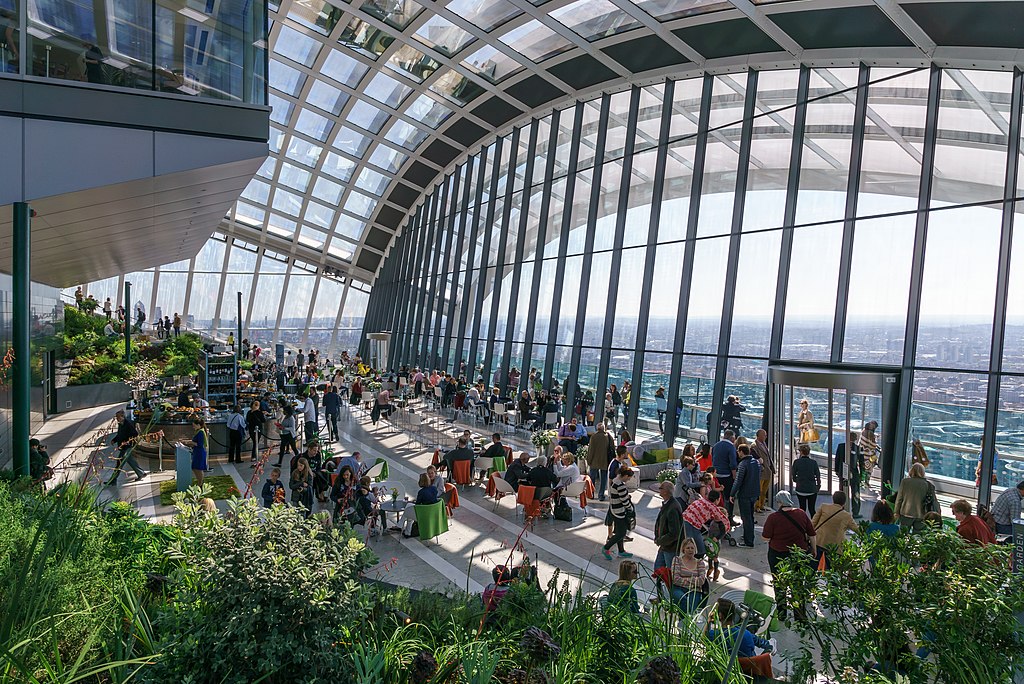
Hang out in the Sky Garden with a view of London below
Providing some of the best views of Central London, the large glass dome is dedicated to three storeys of beautiful public gardens, including an open terrace and several observation decks. It’s the ideal place to hang out and pass a few hours and you can also grab a few drinks should you choose to do so. Visiting the Sky Garden is one of the best things to do in London for free.
You are free to explore the Sky Garden on weekdays from 10 am to 6 pm and weekends from 11 am to 9 pm. You can get your tickets online up to three weeks in advance and these can sell out quickly. Walk-ins are sometimes available so it may be worth visiting early in the day if you were unable to get yourself a ticket.

